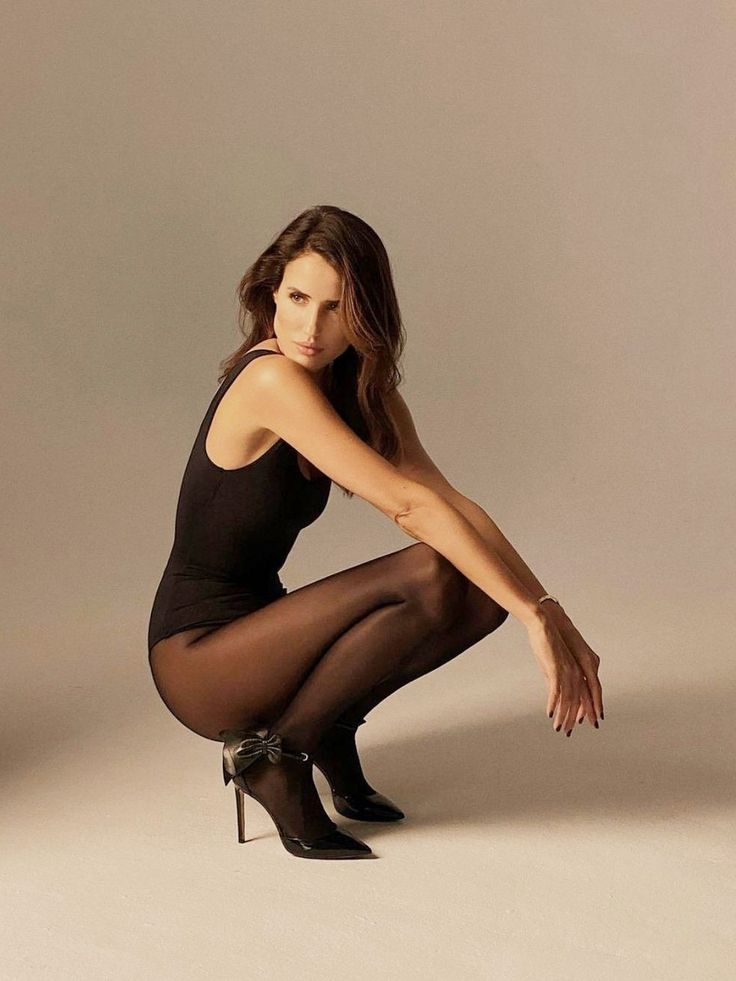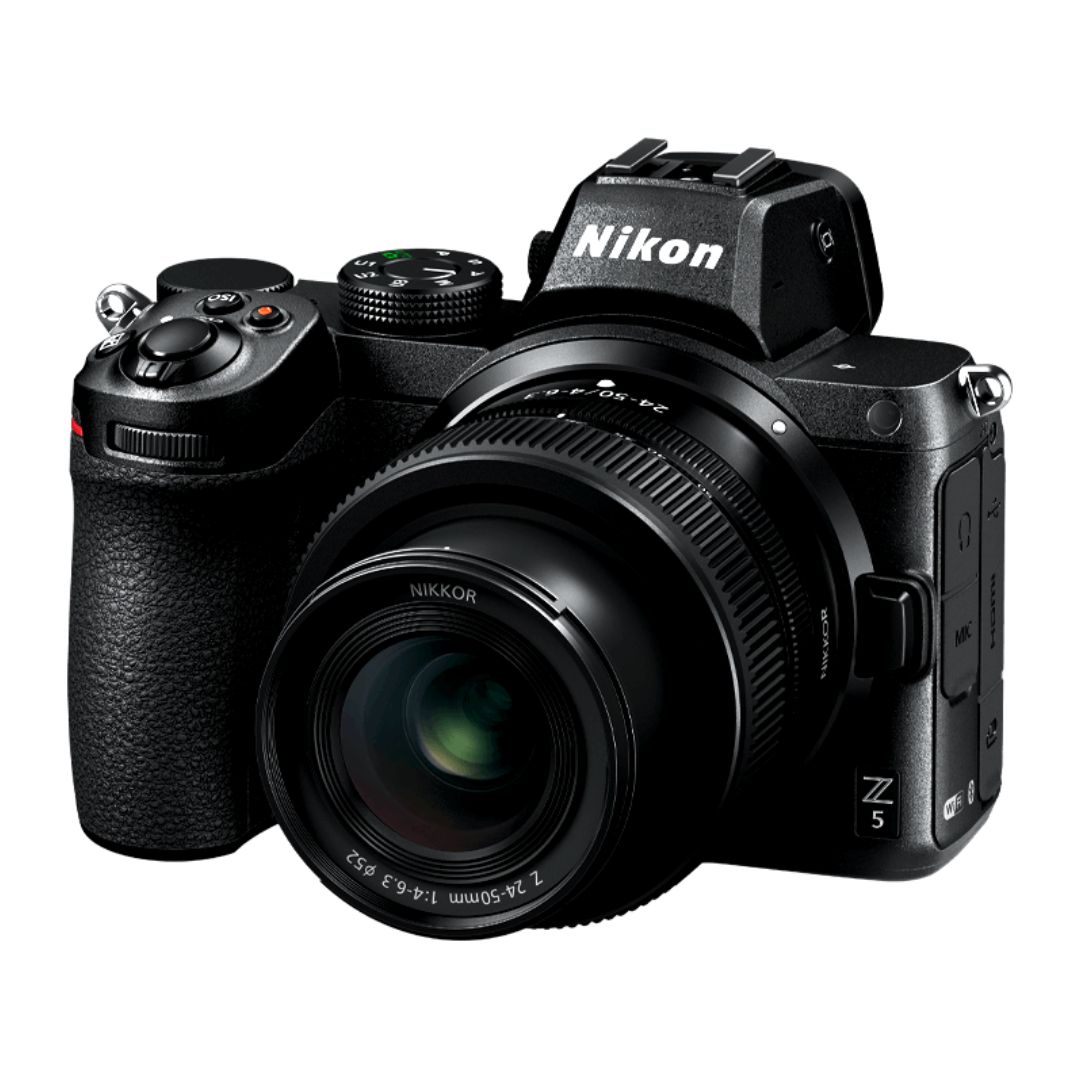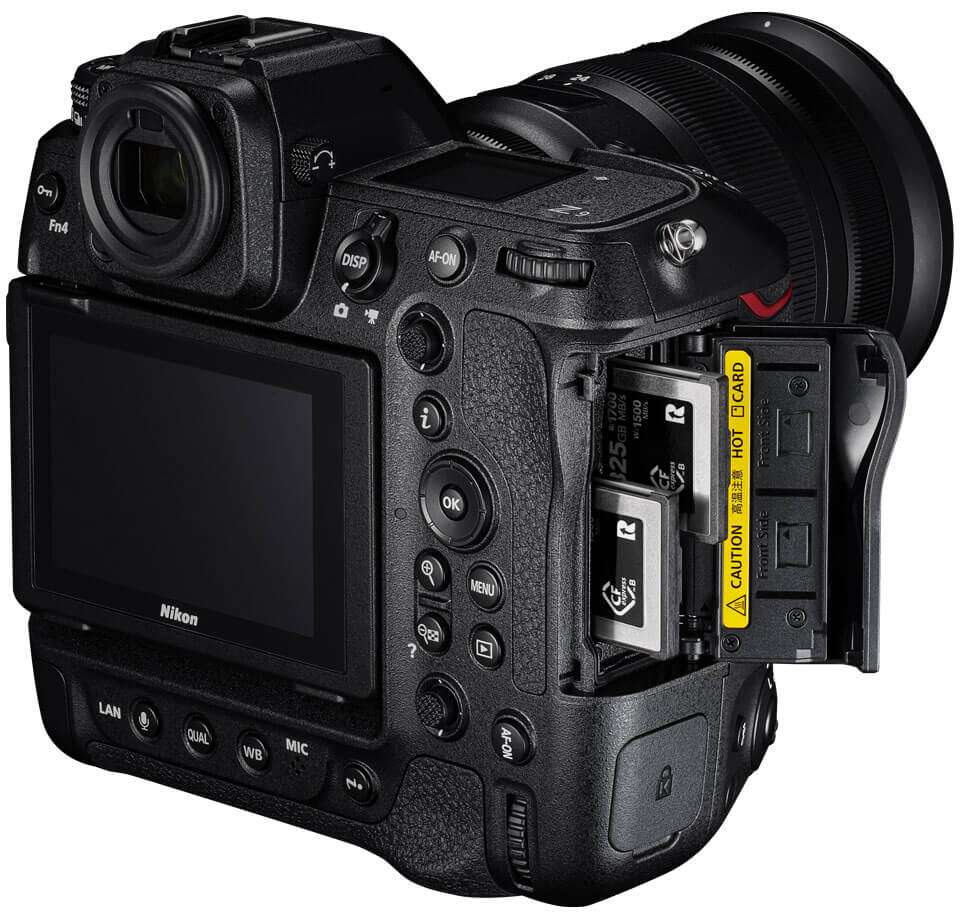For photographers, a portfolio is more than a collection of images—it’s a powerful storytelling tool that showcases your talent, creativity, and unique style. Whether you’re just starting out or looking to revamp your existing portfolio, this comprehensive guide will help you create a stunning photography portfolio that leaves a lasting impression on clients, collaborators, and viewers alike.

Why Do You Need a Photography Portfolio?
A well-crafted portfolio is your gateway to opportunities. It serves as a visual resume that communicates your expertise and artistic vision. Here are the main reasons why a portfolio is essential:
1. Attracts Clients
Potential clients often rely on portfolios to evaluate whether a photographer’s style aligns with their needs. A strong portfolio can help you secure bookings for weddings, events, or commercial projects.
2. Highlights Your Strengths
Your portfolio allows you to focus on your best work, emphasizing your technical skills, creativity, and ability to tell a story.
3. Builds Credibility
A polished and professional portfolio establishes your authority in the field and shows that you take your craft seriously.
Step 1: Define Your Niche and Style
Before diving into the creation process, take time to identify your niche and style. Defining these aspects will guide your portfolio’s structure and content.
Identify Your Niche
Some popular photography niches include:
- Portrait Photography: Capturing individual or group portraits.
- Wedding Photography: Documenting special moments of a couple’s big day.
- Lifestyle Photography: Telling stories through candid and natural images.
- Product Photography: Showcasing products for marketing purposes.
- Fine Art Photography: Creating artistic and conceptual imagery.
Choose a niche that aligns with your interests and career goals. Specializing in a specific area can help you stand out in a competitive market.
Understand Your Style
Your style is the unique way you approach photography. Consider these elements:
- Lighting: Do you prefer natural light, studio setups, or moody tones?
- Composition: Are your images minimalist, dramatic, or experimental?
- Post-Processing: How do you enhance your photos in post-production?
Defining your style makes your portfolio cohesive and memorable.
Step 2: Curate Your Best Work
Your portfolio should showcase only your finest work. Quality matters more than quantity, so be selective when choosing images.
Tips for Selecting Images
- Showcase Diversity: Include a range of subjects, settings, and techniques.
- Highlight Your Strengths: Focus on the types of photography you excel at.
- Avoid Redundancy: Ensure each image adds value and doesn’t repeat similar concepts.
Seek Feedback
Ask trusted colleagues, mentors, or friends for their opinions on your selections. Fresh perspectives can help you identify standout images and areas for improvement.
Step 3: Organize Your Portfolio
An organized portfolio enhances user experience and ensures your work is presented effectively.
Choose a Format
There are two primary formats for portfolios:
- Physical Portfolio: A printed collection of images presented in an album or book.
- Digital Portfolio: A website or online gallery that showcases your work.
Digital portfolios are more versatile and accessible, making them ideal for modern photographers.







Group by Theme or Project
Organize your images into categories or projects. For example:
- Weddings
- Portraits
- Landscapes
- Conceptual Projects
This structure makes it easier for viewers to navigate your portfolio and find relevant examples.
Step 4: Build a Professional Website For Photography Portfolio
A website is a must-have for photographers. It’s your online presence and a hub where potential clients can explore your work, learn about you, and contact you.
Choose the Right Platform
Popular website builders for photographers include:
- Squarespace: Known for its clean and professional templates.
- Wix: Offers customization and user-friendly tools.
- SmugMug: Tailored for photographers, with built-in portfolio features.
Design Tips
- Keep It Clean: Use a simple layout that highlights your images.
- Optimize for Speed: Ensure your site loads quickly by compressing image files.
- Mobile-Friendly: Make sure your site looks great on all devices.
Include Key Sections
- About Me: Share your story and approach to photography.
- Portfolio: Display your curated images.
- Services: Outline the types of photography you offer.
- Contact Information: Make it easy for clients to reach you.
Step 5: Showcase Your Personality
Your portfolio should reflect not only your technical skills but also your personality and artistic vision. Let your individuality shine through.
Add Personal Touches
- Share the stories behind some of your favorite images.
- Include a video introduction or behind-the-scenes footage.
- Use your own voice in the website copy.
Engage with Viewers
Encourage interaction by adding features like:
- Testimonials: Share positive feedback from past clients.
- Blog: Write posts about your experiences, tips, or recent projects.
- Social Media Links: Connect your portfolio to your social profiles.
Step 6: Continuously Update Your Portfolio
A great portfolio is never static. Regular updates keep your work fresh and relevant.
Add New Work
As you complete new projects, evaluate whether they should be added to your portfolio.
Remove Outdated Images
Over time, your skills and style may evolve. Remove older work that no longer represents your best efforts.
Monitor Analytics
If you have an online portfolio, track visitor data to understand which images or sections are most popular. Use this insight to refine your portfolio.
Common Mistakes to Avoid
Overloading with Images
Too many images can overwhelm viewers. Focus on quality over quantity.
Inconsistent Style
A lack of cohesion can confuse viewers. Ensure all images align with your defined style.
Neglecting SEO
Optimize your website with keywords, alt text for images, and meta descriptions to improve visibility in search engines.
Conclusion
Building a stunning photography portfolio is a journey that requires thought, effort, and creativity. By defining your niche, curating your best work, and creating a professional online presence, you can showcase your talent and attract the opportunities you deserve. Remember, your portfolio is a reflection of you—make it authentic, captivating, and unforgettable.

Sony Alpha a7 IV: The Ultimate Camera for Photography

Nikon Z5 Review: Is It Worth It?
-

Nikon Z9 : Game-Changer for Photography
-

Top Features of Nikon D850 That Make It Ideal for Portfolio Shoots
Sony Alpha a7 IV: The Ultimate Camera for Photography
Explore the Sony Alpha a7 IV in this complete 2025 review. Learn how its pro-level features, real-world performance, and hybrid flexibility make it the ultimate camera for photography across genres like portraits, weddings, travel, and commercial work. Table of Contents Section 1: Introduction – Why the Sony Alpha a7 IV Stands Out The Sony Alpha…
Nikon Z5 Review: Is It Worth It?
In 2025, photographers—whether hobbyists, content creators, or professionals—seek equipment that blends value, performance, and future-readiness. Enter the Nikon Z5, a full-frame mirrorless camera marketed as a gateway to high-end imaging without a flagship price tag. But how well does it hold up under real-world demands like studio shoots, weddings, landscape adventures, and lifestyle photography? In…
Nikon Z9 : Game-Changer for Photography
Discover why the Nikon Z9 is considered a true game-changer for photography. This in-depth Nikon Z9 review explores key features, real-world performance, and how it excels in professional photo shoots in 2025. Table of Contents 1. Introduction The photography world witnessed a significant shift with the launch of the Nikon Z9, a flagship mirrorless camera…
Top Features of Nikon D850 That Make It Ideal for Portfolio Shoots
Discover why the Nikon D850 is the ultimate DSLR for portfolio shoots. Explore its top features—from resolution and dynamic range to autofocus precision and workflow speed—that help photographers create stunning, high-impact images for professional portfolios. Whether you’re a portrait artist, fashion photographer, or visual storyteller, a portfolio shoot demands technical excellence, creative flexibility, and uncompromised…
Candid Moments with Canon EOS R10: Lightweight & Reliable
In the evolving world of mirrorless photography, the Canon EOS R10 stands out as a lightweight yet powerful camera tailored for real-life storytelling. Whether you’re photographing street scenes, family gatherings, weddings, or spontaneous portraits, capturing genuine emotion requires a responsive and discreet tool. This article dives deep into how the Canon EOS R10 excels in…
Bold Portraits with Canon EOS R5: Is It the Best for Work?
Studio photography has always demanded precision, artistry, and impeccable gear. As the expectations for commercial portraits, fashion campaigns, and editorial work continue to rise, the tools we use must evolve. Enter the Canon EOS R5, a camera that has stirred the professional waters with its impressive technical specs and forward-thinking design. In this comprehensive Canon…

